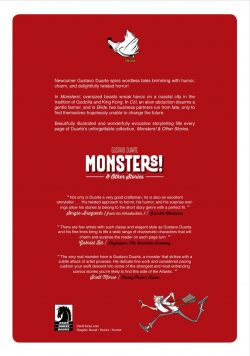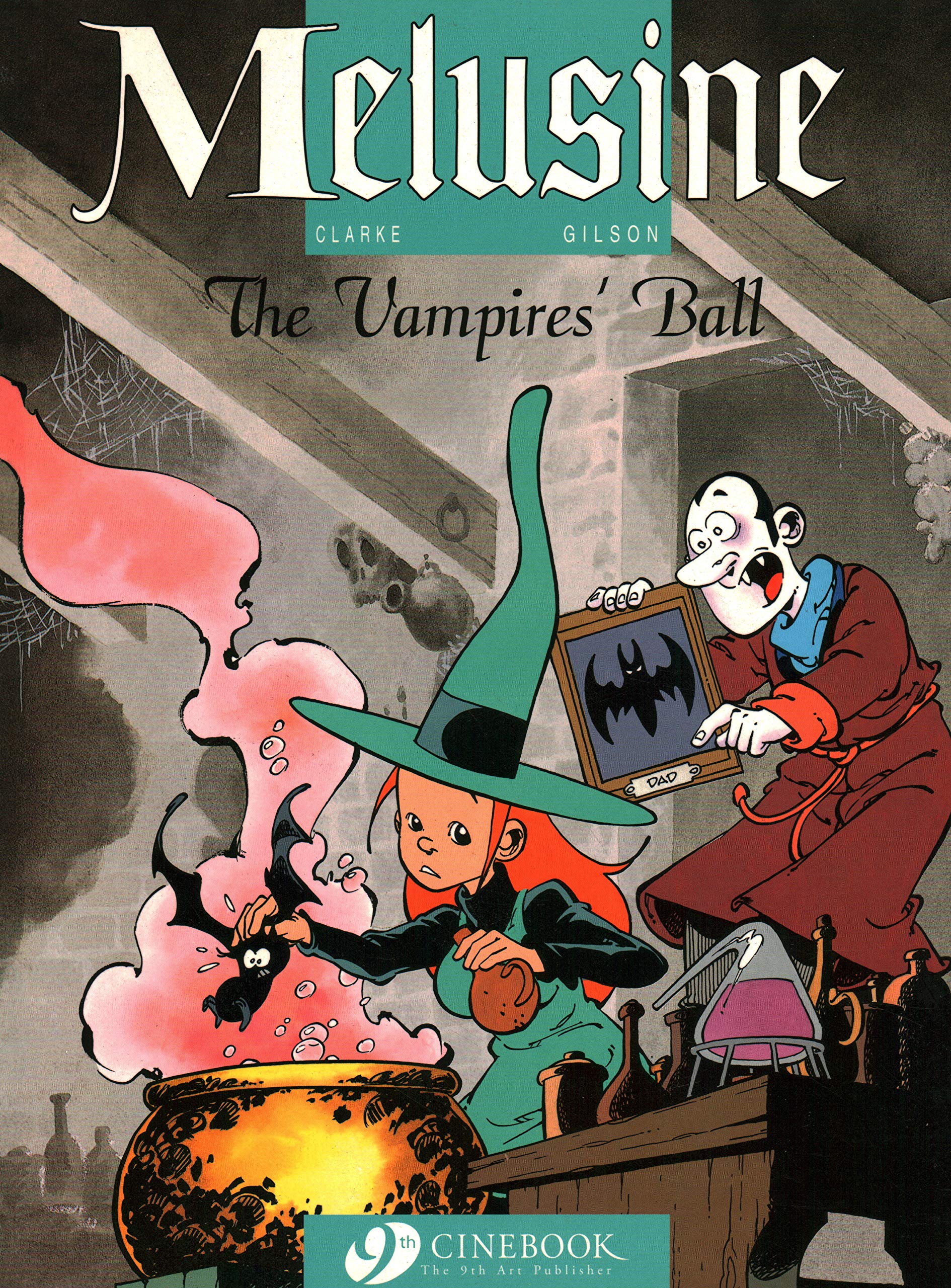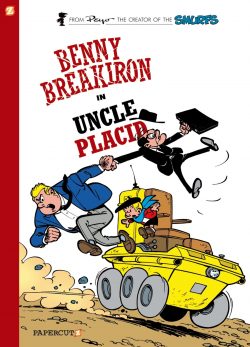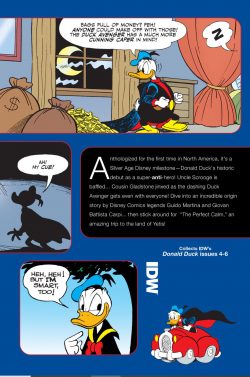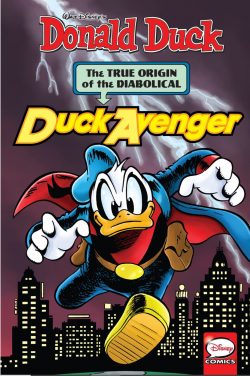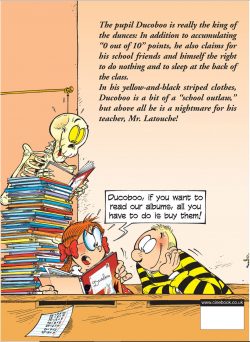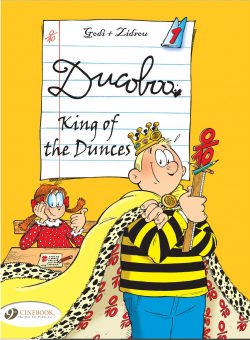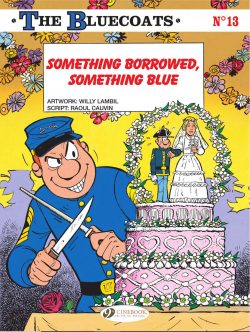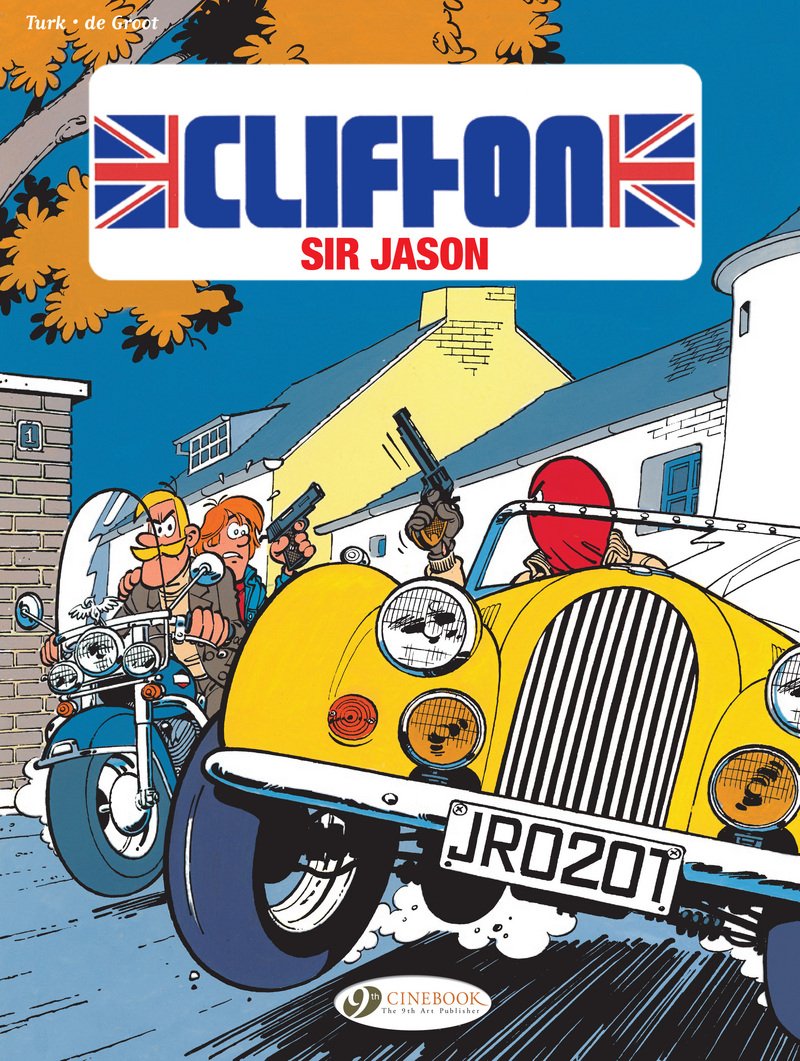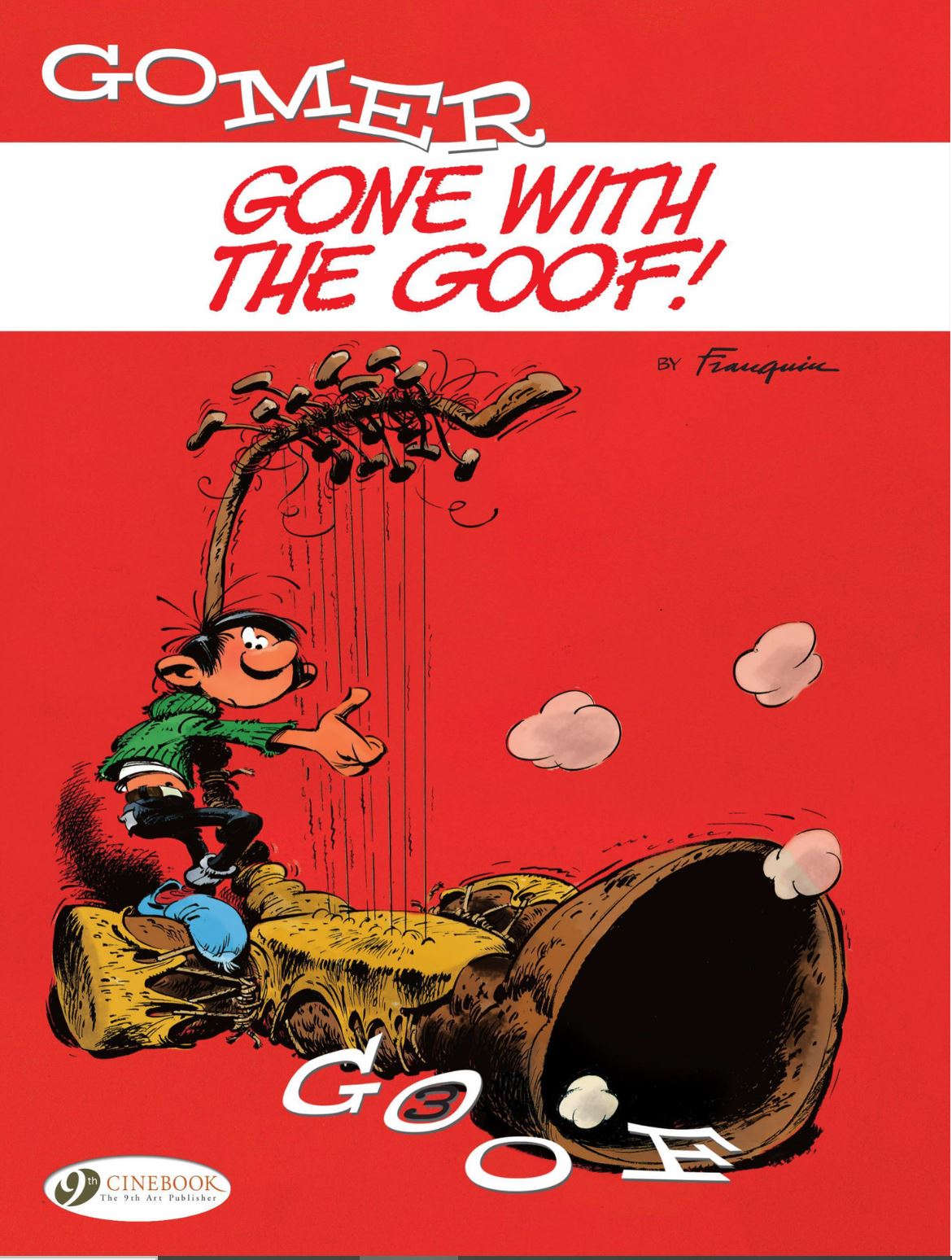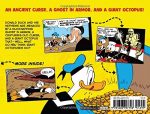


By Carl Barks (Fantagraphics Books)
ISBN: 978-1-60699-779-6 (TPB/Digital edition)
Win’s Christmas Gift Recommendation: The Utter Acme of All-Ages Entertainment… 10/10
Carl Barks was born in Merrill, Oregon in 1901. He grew up in rural areas of the West during some of the leanest times in American history. He tried his hand at many jobs before settling into the profession that chose him. His early life is well-documented elsewhere if you need detail, but briefly, Barks worked as an animator at Disney’s studio before quitting in 1942 to work in the new-fangled field of comic books.
With cartoon studio partner Jack Hannah (another occasional strip illustrator) Barks adapted a Bob Karp script for an animated short into the comic book Donald Duck Finds Pirate Gold. Published as Dell Four Color Comics Series II #9 in October of that year – and although not his first published comics work – it was the story that shaped the rest of Barks’ career.
From then until his first official retirement in the mid-1960s, Barks worked in self-imposed seclusion, writing and drawing and devising a vast array of adventure comedies, gags, yarns and covers that gelled into a Duck Universe of memorable, highly bankable characters. These included Gladstone Gander (1948), Gyro Gearloose (1952), Magica De Spell (1961) and the nefarious Beagle Boys (1951), all supplementing Disney’s stable of cartoon actors. His greatest creation was undoubtedly curmudgeonly, energetic, paternalistic, money-mad giga-gazillionaire Scrooge McDuck: the World’s wealthiest winged nonagenarian…
Although producing all that landmark material Barks was just a working guy, generating cover art, illustrating other people’s scripts when asked and contributing stories to the burgeoning canon of Duck Lore. Only after Gladstone Publishing began re-packaging Barks material – and a selection of other Disney strips – in the 1980s, did he discover the well-earned appreciation he never imagined existed…
So potent were his creations that they inevitably fed back into Disney’s animation output itself, even though his brilliant comic work was done for licensing company Dell/Gold Key, and not directly for the studio. The greatest tribute was undoubtedly the animated series Duck Tales: heavily based on his works.
Barks was a fan of wholesome action, unsolved mysteries, rationality-based fantasy and epics of exploration. This led to him perfecting the art and technique of the blockbuster quest tale: blending wit, history, plucky bravado and wide-eyed wonder into rollicking rollercoaster romps to utterly captivate readers of every type and vintage. Without the Barks expeditions, there would never have been Indiana Jones…
Throughout his working life Barks was blissfully unaware that his work (uncredited by official policy like all Disney’s cartoon and comic book output) had been singled out by a rabid and discerning public as being by “the Good Duck Artist”. When some of his most dedicated fans finally tracked him down, his belated celebrity began.
In 2013 Fantagraphics Books began collecting Barks’ Duck Stuff in wonderful, carefully curated archival volumes, tracing his output year-by-year in hardback tomes and digital editions that finally do justice to the quiet creator. These will eventually comprise the Complete Carl Barks Disney Library. The publisher also placed some of the most engaging (How to choose? How to choose?) in three accessible landscape paperback collections. At 185 by 140 mm, they are the perfect size to introduce kids to the master’s masterpieces. They’re all available in digital formats, and this particular tome has a spooky Halloween vibe to further entice you…
The majority of inclusions here come from 1947, so please be aware that – despite Bark’s diligent research and careful, sensitive storytelling – modern readers might be upset by some depictions crafted over seven decades ago…
It begins eponymously on a nautical note: ‘Donald Duck and the Ghost of the Grotto’ is an early masterpiece originating in Four Color #159 (August 1947), with Donald and the rowdy, know-it-all nephews who live with him currently residing in the West Indies, running a kelp boat and harvesting seaweed from the abundant oceans. Here, Huey, Dewey and Louie are the sensible ones in a risky, get-rich-quick venture. Although prime catalysts of comedic chaos in other situations when the mallard miser was around, in Barks’ comics the devilishly downy ducklings’ usual assigned roles were as smartly sensible, precocious and a just a bit snotty kid-counterfoils to their “unca”, whose inescapably irascible nature caused him to act like an overgrown brat most of the time. Nevertheless, all too often the kids fell into temptation, reverted to type and fell prey to a perpetual temptation to raise a ruckus…
When a freak accident temporarily strands them on an isolated reef, Donald and the lads discover a long-lost, shipwrecked galleon, encounter an ongoing abduction mystery dating back centuries, battle genuine monsters, confound a particularly persistent phantom and win and lose again a fabulous treasure in a thrilling romp and supremely beguiling mystery that has never dated…
Originally from Four Color #147 (May), ‘If the Hat Fits’ is an 7-panel gag split over two of these landscape pages, detailing chapeau japery, and precedes ‘Fashion in Flight’ (FC#178, December), exposing hot-headed Donald’s views on car culture.
Thanks to the nephews and some imprudent bee-keeping, a potty scheme to make more cash becomes another painful and humiliating experience as the bellicose bird tries growing blooms commercially in his garden in ‘Donald’s Posy Patch’ (Walt Disney’s Comics and Stories #80, May 1947), after which ‘Turn for the Worse’ (Four Color #178 again) reveals just how annoying – and violent – people looking for directions can become…
From the same issue, ‘Machine Mixup’ sees kitchen confusion for Donald as he experiences the downside of modern white goods, before ‘Donald Mines his Own Business’ (WDC&S #81 June) finds the loco parent-ish duck and his boys prospecting in New Mexico. It’s barely moments before they all fall foul of America’s post-war arms rush and missile-race, with devastating and spectacular consequences…
From FC #189 (June 1948) ‘Bird Watching’ exposes the hidden perils of the gentle hobby before superstition is painfully debunked in ‘Horseshoe Luck’. The fluffy fun finally finishes with an epic farrago – first seen in WDC&S #86 (January 1947) – as telling tale exposes the rise and fall of ‘Fireman Donald’ whose smug hubris ultimately deprives him of a job he’s actually good at!
Carl Barks’ efforts are readily accessible through a number of publications and outlets and every one of his stories is a treasure beyond price. If you’re new to his work and have never experienced his captivating magic, Walt Disney’s Donald Duck and the Ghost of the Grotto is a perfect introduction. No matter what your age or temperament, you can discover “the Hans Christian Andersen of Comics” simply by applying yourself and your credit cards to any search engine.
Always remember, a fan’s got to do what a fan’s got to do and treasure is out there just waiting to be unearthed…
© 2014 Disney Enterprises, Inc. All rights reserved.

